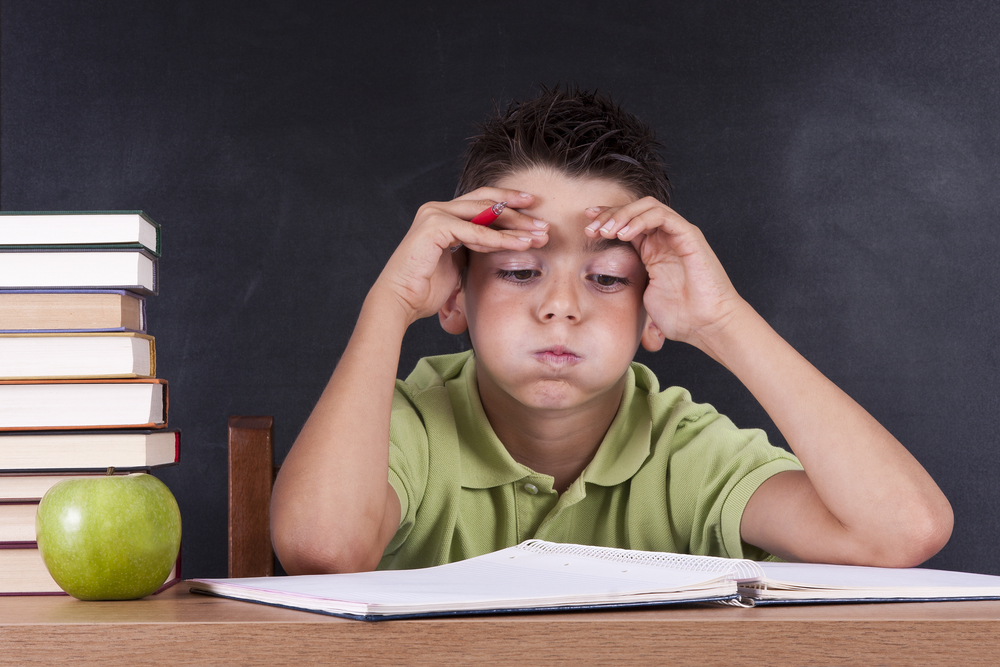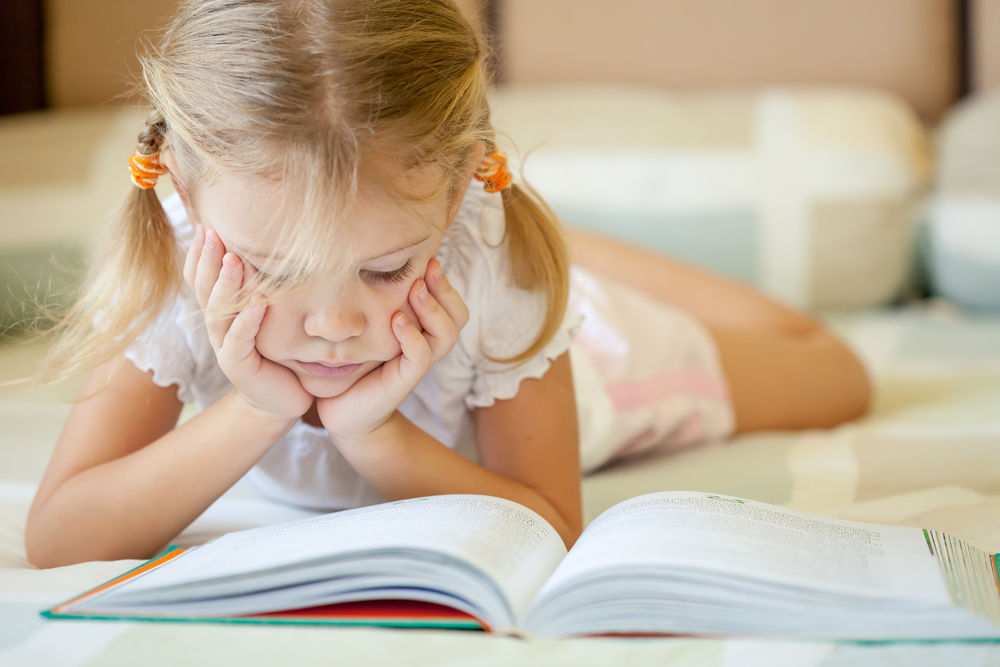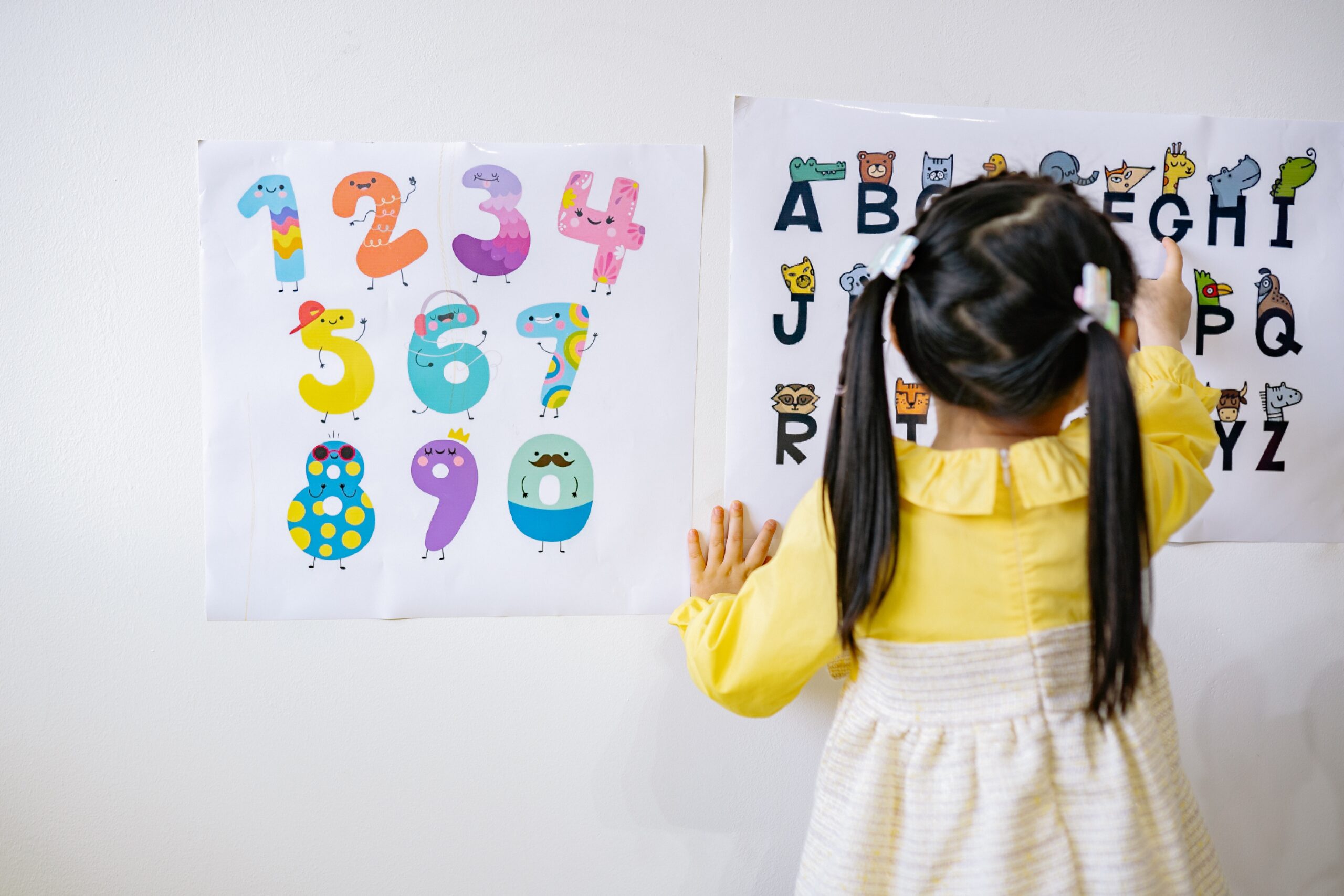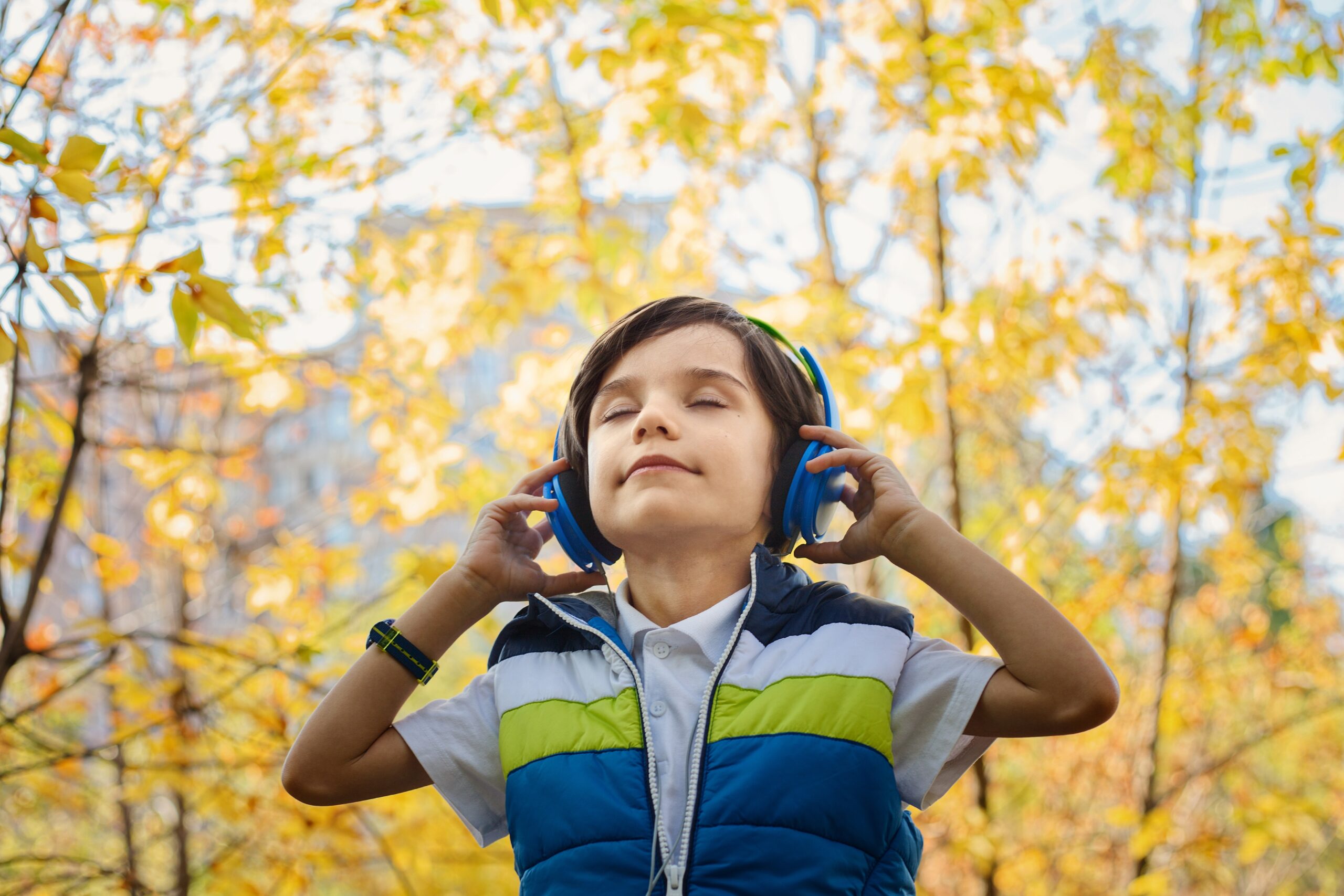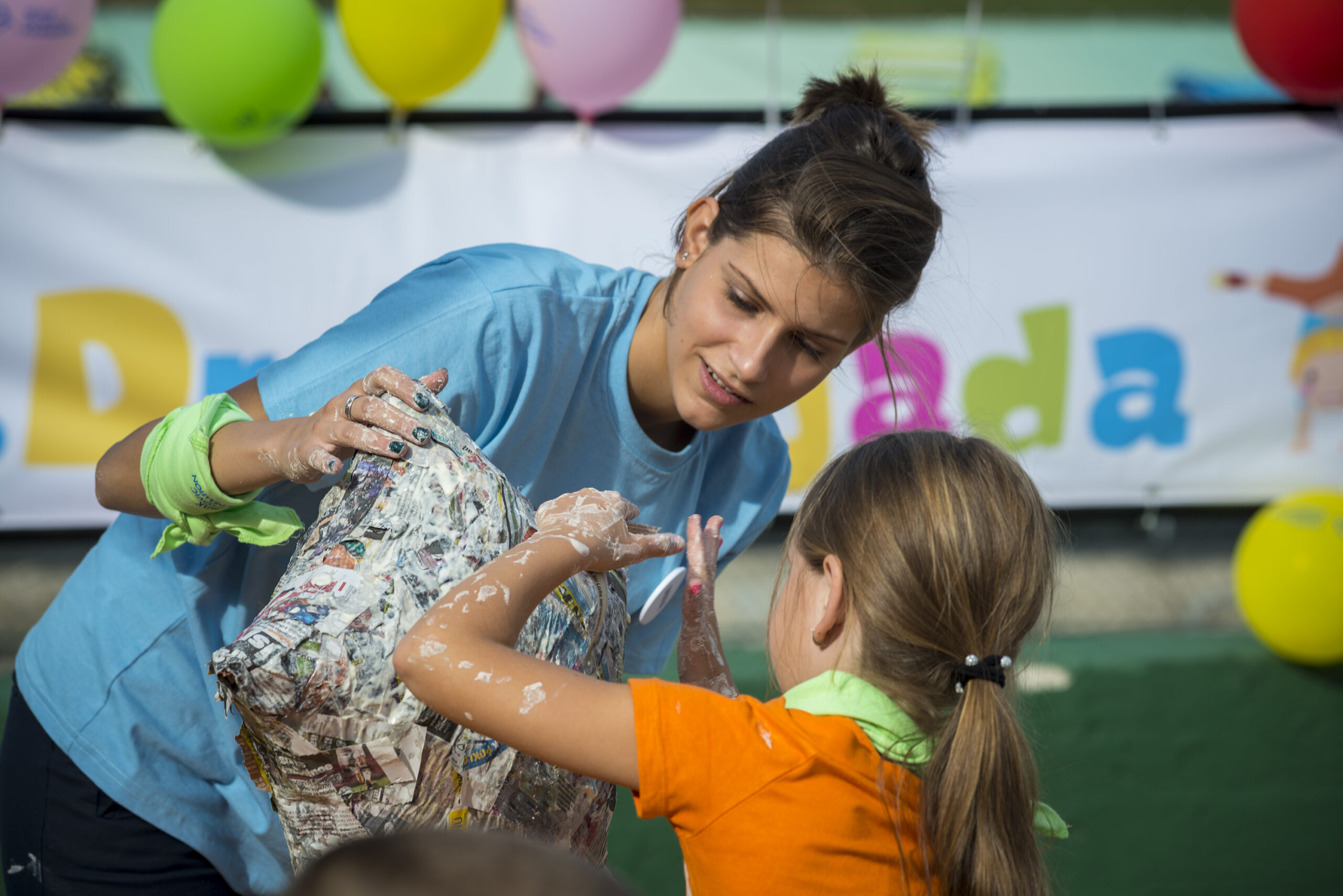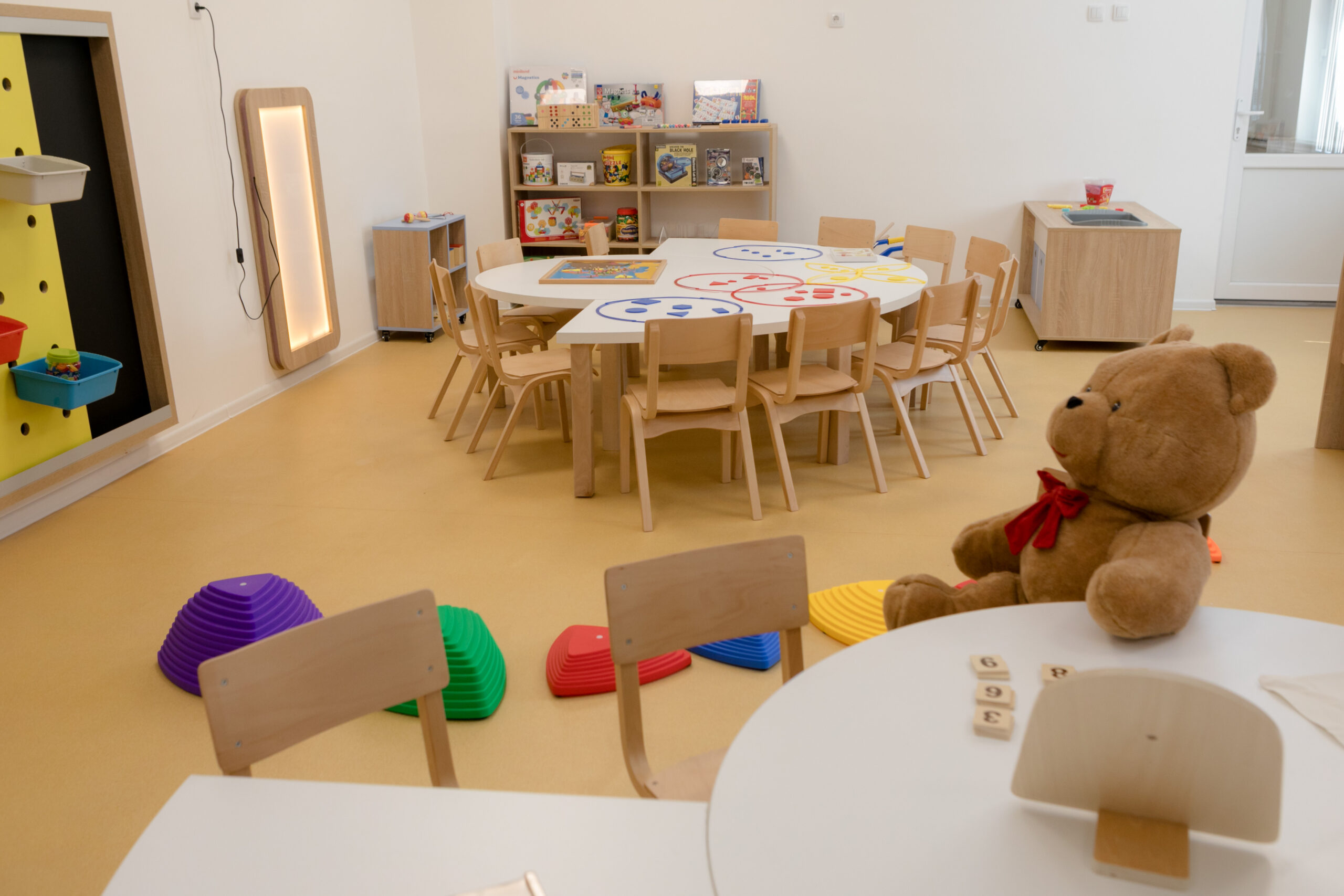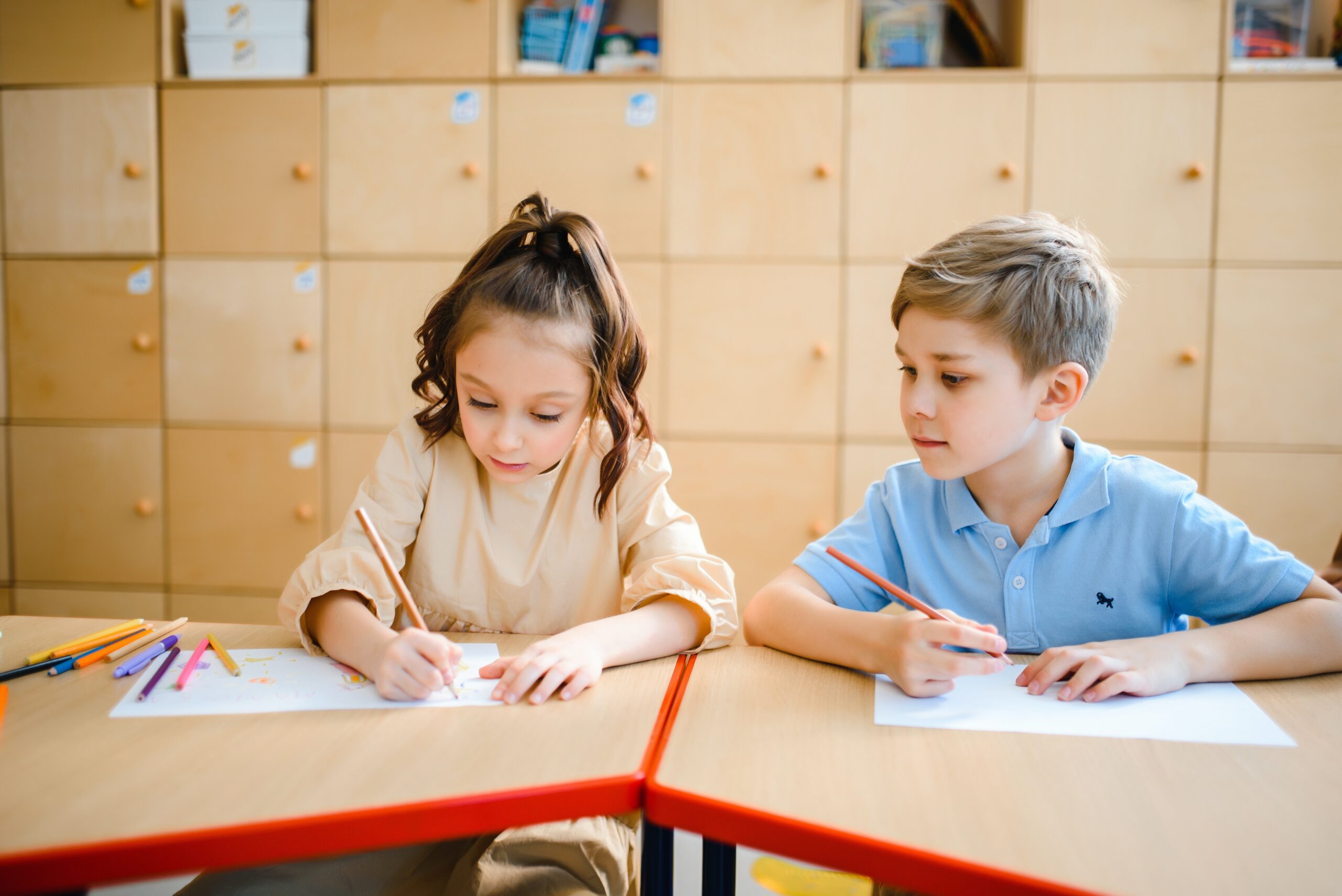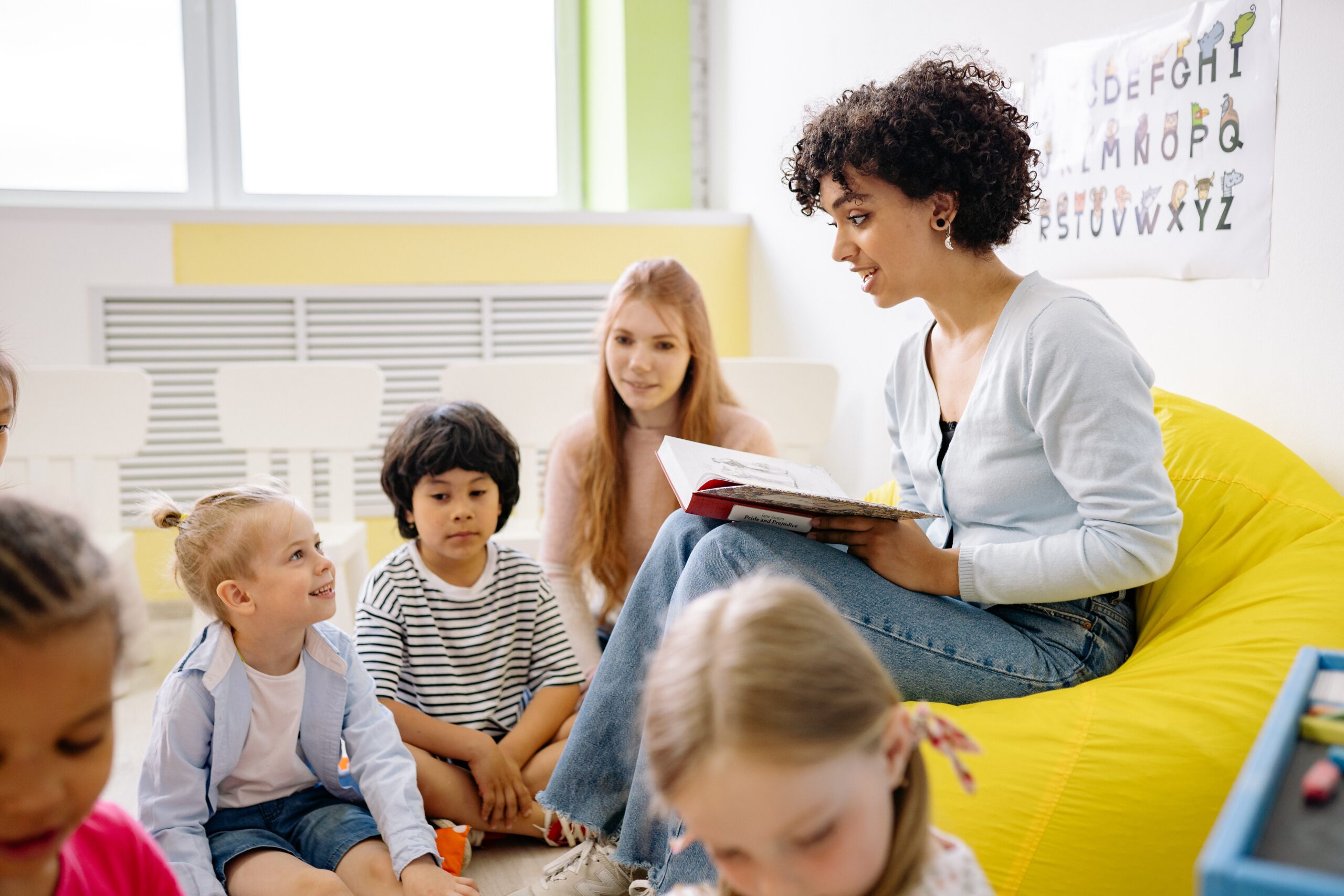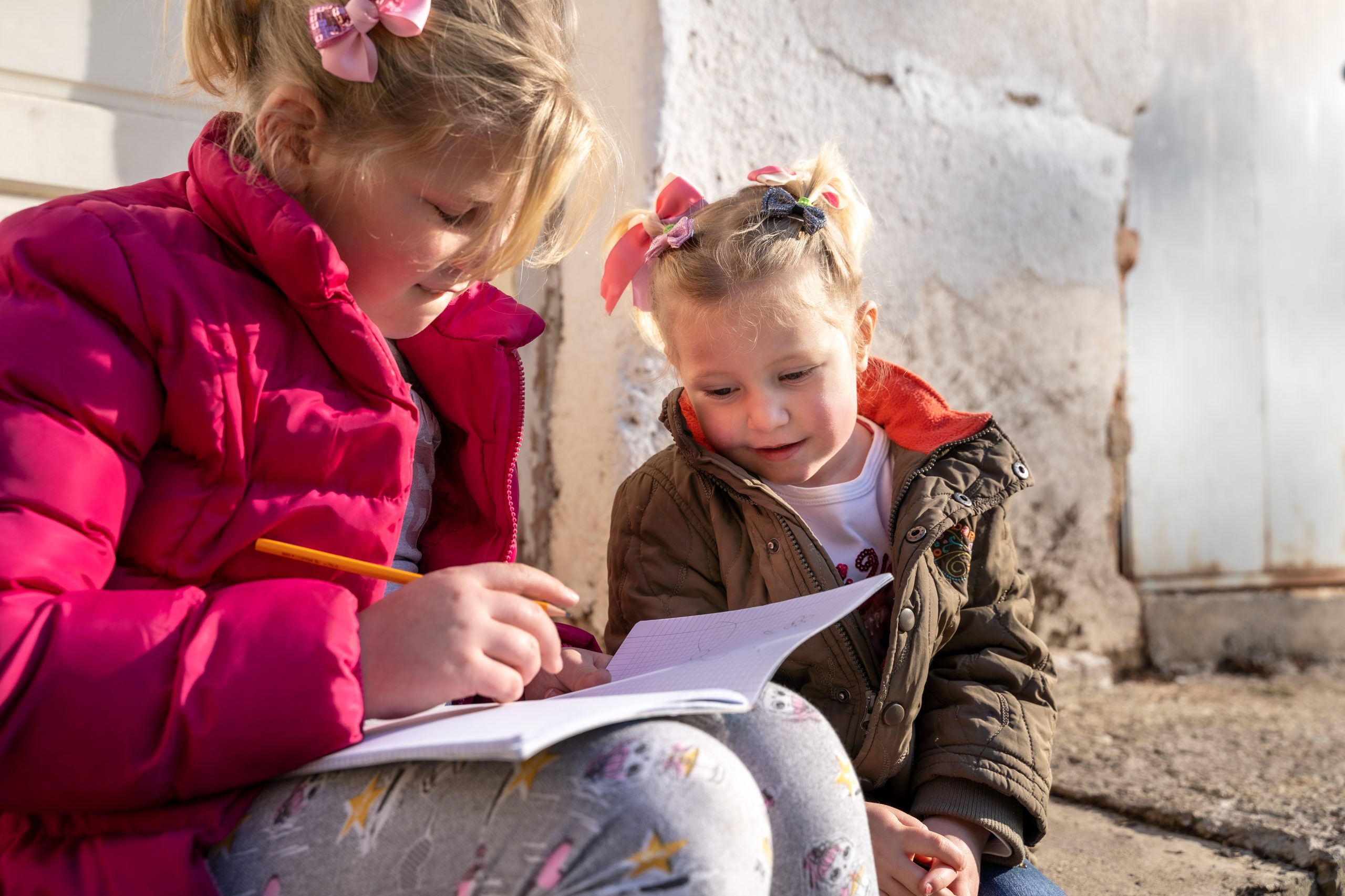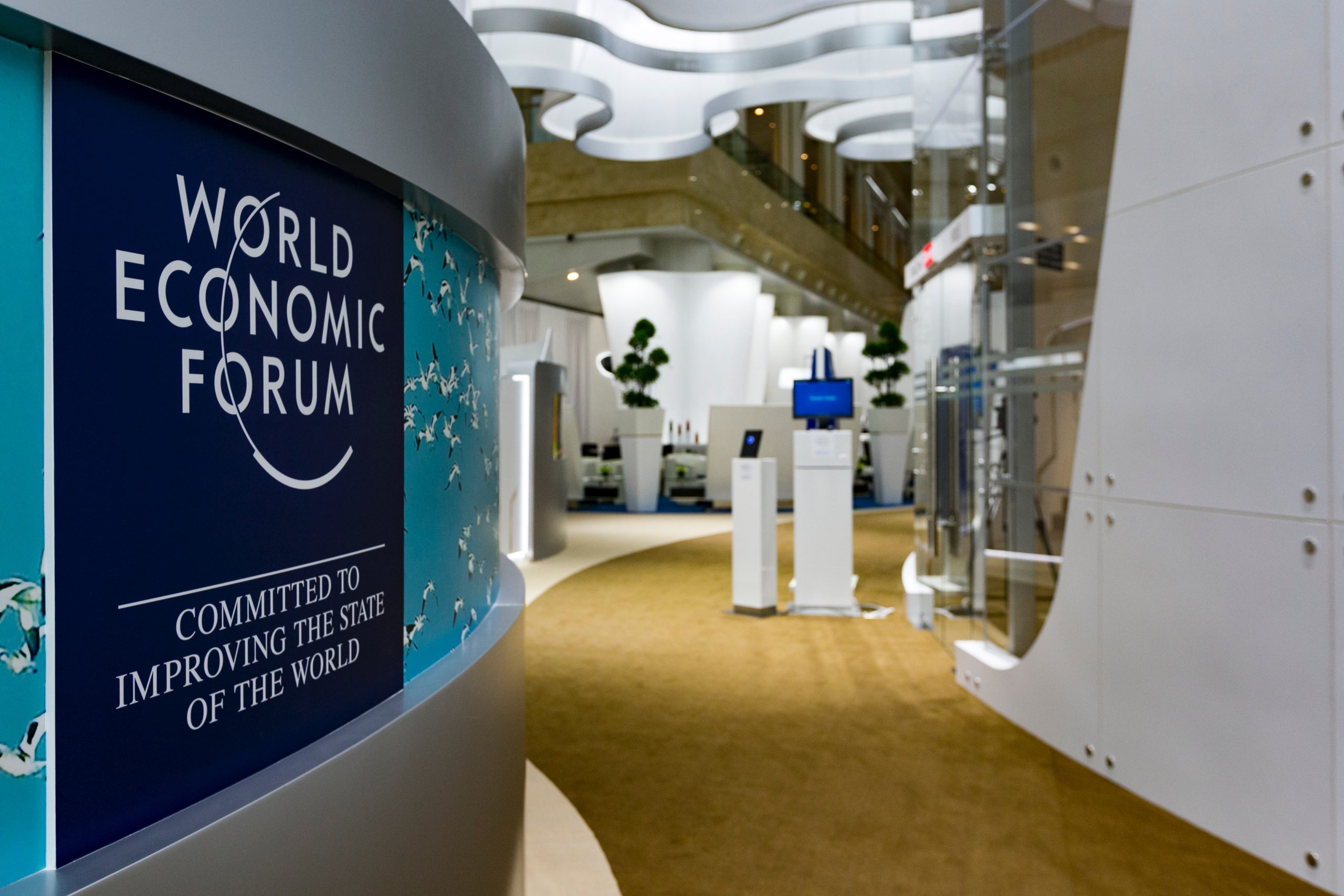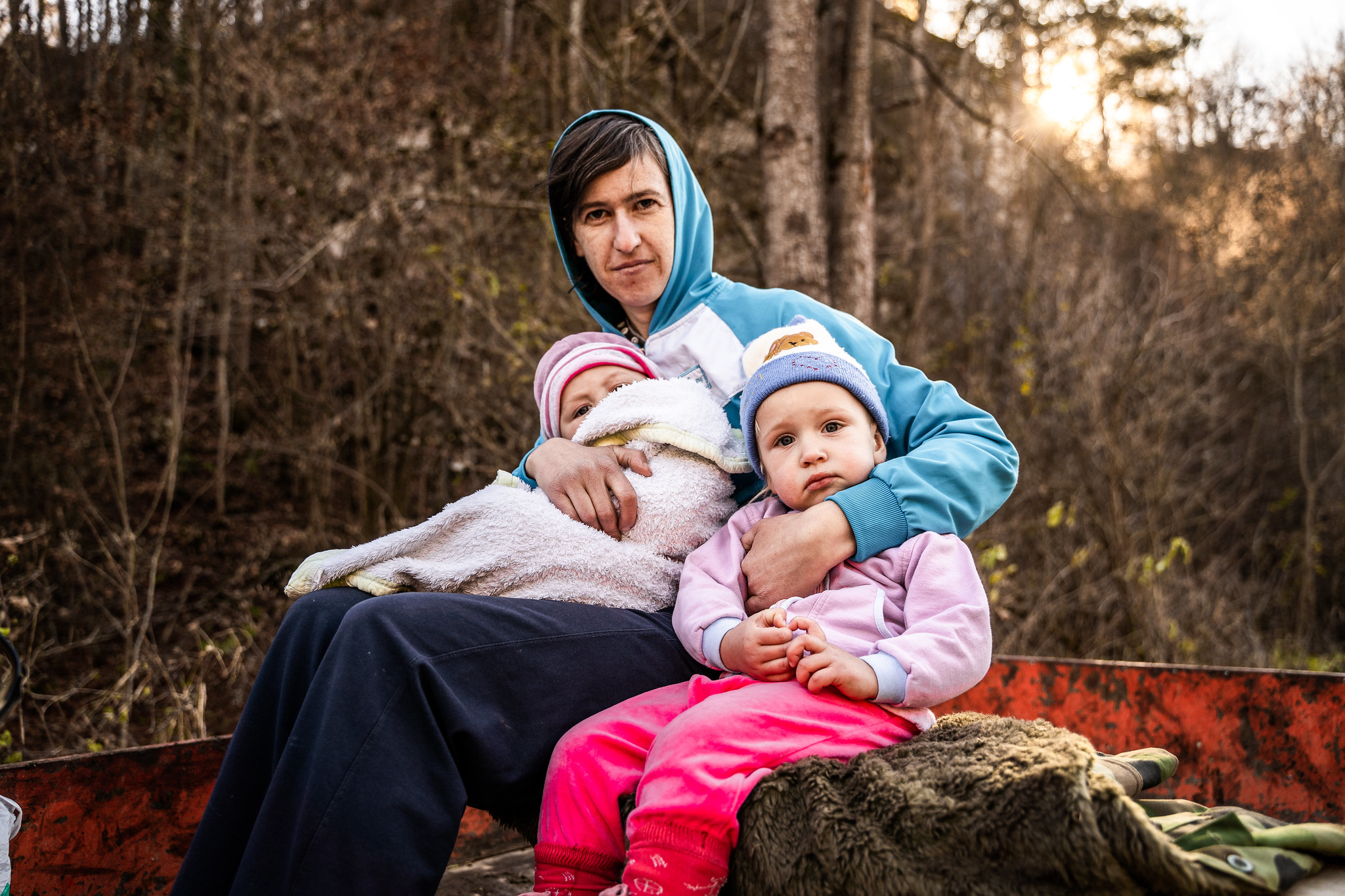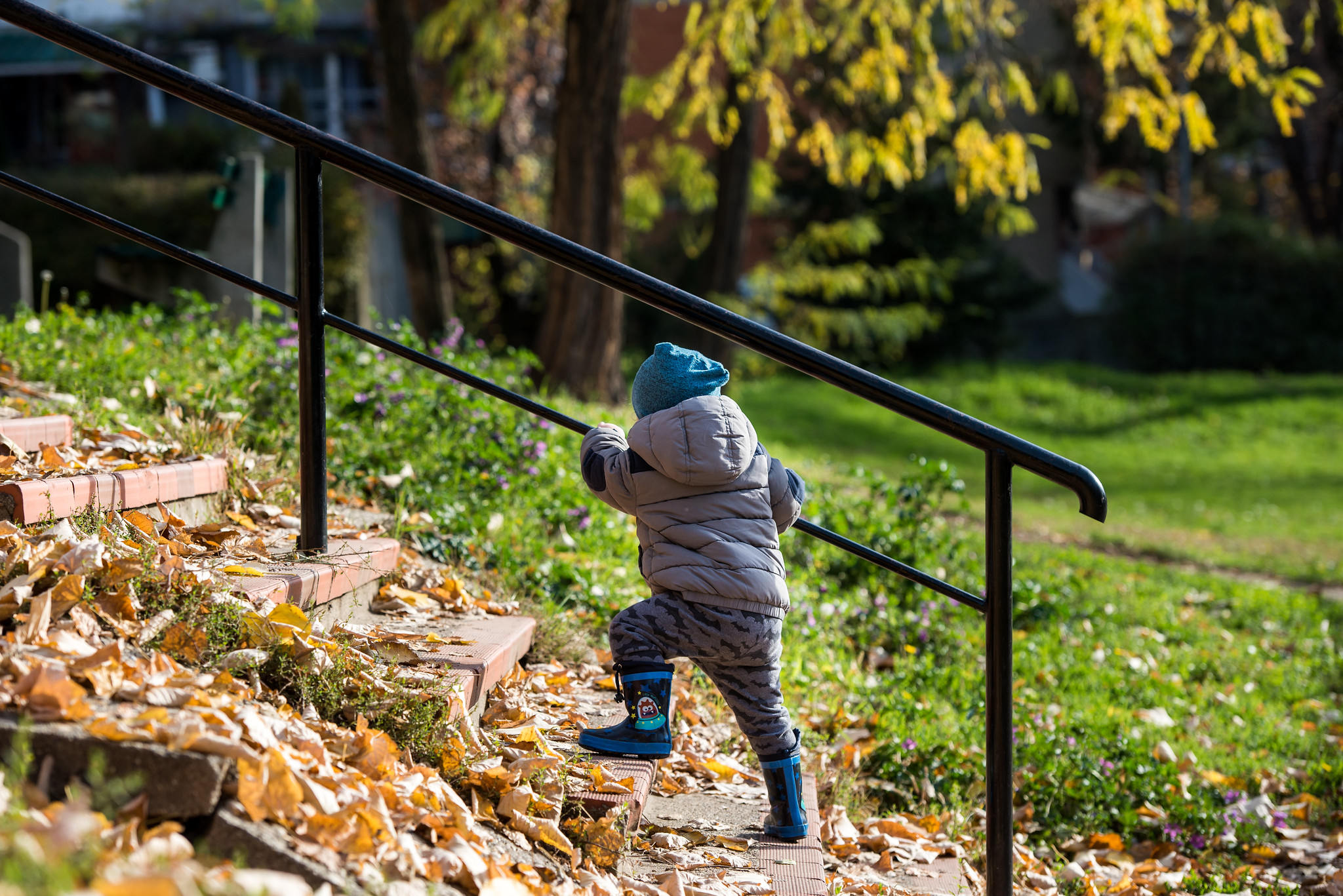Riddles can help children form associations, link ideas and think, be creative and make conclusions; all of which are good ways of learning and remembering things quickly and with ease.
Can you guess what do frightened mole and letter M have in common? What connects them?
Children were asked this question. Teachers wanted to check their thinking abilities.
To find the answer, children had to form associations, link ideas and think, be creative and make conclusions. Surely, not an easy task to do. Especially when having in mind that during most of the school years kids learn information and facts by heart. In other words, our education has been based on memorization and reproduction of existing knowledge. We can try to remember something by repeating it 20 or 30 times. However, insisting solely on this learning method has proved to be useless since we tend to forget information as the time passes..
Memorizing information is the main strategy of learning new things in many European schools. On the other hand, functional thinking, or relating new ideas to previous knowledge enables us to learn and remember the things much faster and easier.
Here are some characteristics of functional thinking:
- aiming for understanding;
- interacting positively with the content;
- relating new ideas to previous knowledge;
- relating concepts to everyday experience;
- examining the logic of an argument and relating evidence to conclusion.
Has it ever happened to you that you couldn’t recall someone’s name just a few minutes after you met them? It’s not a strange thing if it has, but if you wish to change it, maybe you should consider using associations upon meeting someone for the first time – “your name is Kate, that’s the name of my aunt too”, or “your name is Kate, just like the title of a lovely old poem I read”.
The more neurons are engaged in the memorizing process, the easier it is for us to remember something. Furthermore, according to Ranko Rajović, the author of the NTC learning system, and Uroš Petrović president of Mensa Serbia, the author of “Riddle Tales” for children, the best option is to use various associative techniques, since we remember images much easier than words on their own.
Let’s return to the brain teaser from the beginning.
After numerous attempts, one boy, who was thinking aloud, asked whether the riddle had something to do with the Roman letter “M”, i.e. the number 1000.
The answer was “yes”, and then came the final solution:
When the mole is frightened, its heart beats 1000 times a minute.
This is a classical example of riddles, which are quite different from standard questions children get in elementary schools. Most of the time the same group of pupils provides the right answer to those “standard questions”. They reply instantly. However, the rest of the class won’t even try to answer, won’t share their ideas about it, won’t play along or participate in the activities with others, nor will they push their brains to think about it.
Three benefits of riddles:
- Parents will be able to enjoy learning together with their children and create a dynamic and interesting atmosphere to encourage kids to use their brain to guess, suspect or conclude in order get to the right answer.

- In this way, children get the opportunity to master skills of asking the right questions to get new information that will help them obtain the required answer
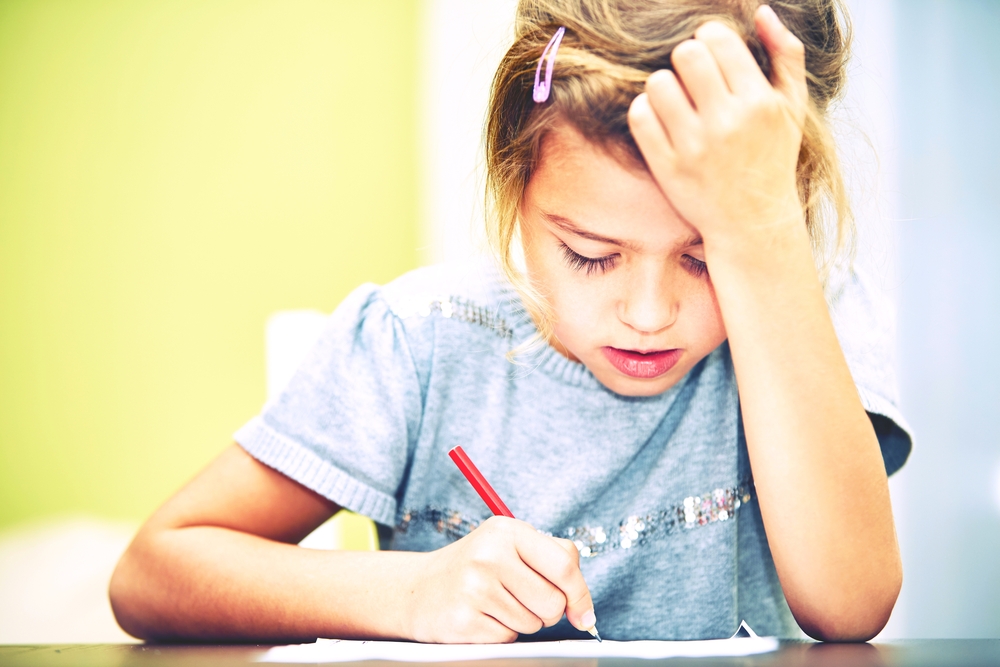
- Children usually prefer this creative method of thinking, and if they like what they learn and the way they do it, they can learn new things at school without much difficulty.

How toMake Riddles Suitable for Younger Children
Let’s say you want to ask children about Van Gogh, the famous painter. Obviously, most of younger children know nothing about him. Therefore, before you start with the questions, you should make some sort of introduction to your kid:
For example:
Many children draw very well. There are grown-ups who are very good at drawing too, so they make it their profession. Some of them even became famous worldwide. They are painters. One of the most famous painters was Van Gogh (his name is not vital here, however, it often happens that kids actually remember names and other information, which is an additional benefit of this thinking method).
When we talk about this painter who lived more than 150 years ago and painted almost two thousand paintings, or when we read reviews about his work, one of his paintings is frequently being mentioned. It’s called “Wheatfield with Crows“. Can you guess why is it being mentioned more often than his other paintings?
Let your kid think carefully about the painter and his artistic work. He will try to find out what is the reason for mentioning this painting so often, and why it is so unique when compared to others:
- This is his best work!
- It’s the only time he painted animals!
- This is the only painting he painted with markers!
- This is his smallest painting!
- This painting brought him the largest amount of money!
- This is the only painting he painted upside down!
- This painting is not square!
- This is his only painting that is all yellow!
After so many ideas, thoughts and suggestions that follow each other, a child will come with the right answer:
This is his last painting!
Finally, the moment of giving the right answer is not the most important – what comes before is more significant: time spent in brainstorming, when the kid thinks, links the ideas, trying to use what he already knows to get the right answer.
Here is another example of a riddle:
It fits in your hand, and as long as it’s that big, it’s always being carried in a bag. What is it?
All the children knew the answer, as they had learned it at school. However, the question was presented differently than in their textbook, in order to motivate and encourage them to think.
- ‘Fits in your hand’, that means it’s something small.
- “˜as long as it’s that big’ implies it’s something alive and growing.
- “˜It’s always being carried in a bag’ brings another question: which animal is carried in a bag when it’s small? The children knew the answer then: it’s a baby kangaroo.
In biology textbook for fifth graders, children learn about kangaroos in the following way:
A baby kangaroo is two and a half centimeters long, and as long as it is so small, the mother always carries it in her bag.
The typical question in European schools would be: how big is a baby kangaroo? The teachers expect a prompt and exact answer, without giving kids the opportunity to think and be creative. However, education should be focused on children’s ability to think. This confirms the famous PISA test, which reveals that European children are lagging so far behind their peers in Asia, while the results of children from Serbia are among the worst in Europe.
Another riddle: Do you know what links the bottom of the sea and the sky?
The answer is: a star.
Here are some additional riddles. Try to solve them and send us your answers:
- What treasure is being protected by a thousand guards?
- Why don’t polar bears eat penguins?
- It was raining so heavily that a mouse hid under a small mushroom. However, there was no room left for his friend and he sought the shelter elsewhere. The next day they were passing by the same mushroom, and it started to rain heavily again. This time both of them could fit under the mushroom. How was that possible?






